
| Recorded by: Jim Petranka, Mark Basinger and Becky Elkin on 2024-09-22
Buncombe Co.
Comment: Occupied mines were on Agrimonia pubescent. | 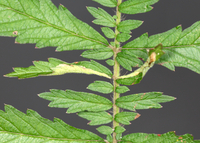
| Recorded by: Jim Petranka, Mark Basinger and Becky Elkin on 2024-09-20
Madison Co.
Comment: Occupied mines were on Agrimonia parviflora. |
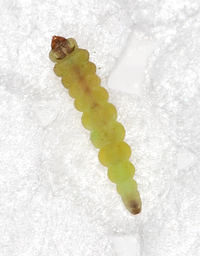
| Recorded by: Jim Petranka, Mark Basinger and Becky Elkin on 2024-09-20
Madison Co.
Comment: Occupied mines were on Agrimonia parviflora. | 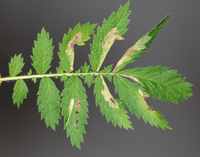
| Recorded by: Jim Petranka on 2024-08-02
Madison Co.
Comment: Occupied mines were on Agrimonia pubescens. |
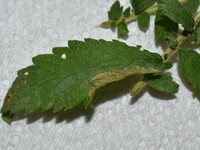
| Recorded by: Jeff Niznik on 2024-07-31
Orange Co.
Comment: | 
| Recorded by: Jeff Niznik on 2024-07-31
Orange Co.
Comment: |
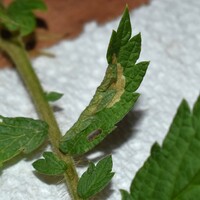
| Recorded by: Jeff Niznik on 2024-07-31
Orange Co.
Comment: | 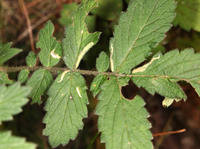
| Recorded by: Jim Petranka on 2023-09-27
Madison Co.
Comment: Occupied mines were on Agrimonia pubescens. |

| Recorded by: Jim Petranka on 2023-09-24
Madison Co.
Comment: A reared adult from Agrimonia parviflora. Mine was collected on 20 September, 2023; adult emerged on 24 September. | 
| Recorded by: Jim Petranka on 2023-09-24
Madison Co.
Comment: A reared adult from Agrimonia parviflora. Mine was collected on 20 September, 2023; adult emerged on 24 September. |

| Recorded by: Jim Petranka and Becky Elkin on 2023-09-21
Buncombe Co.
Comment: Occupied mines were in Agrimonia parviflora. | 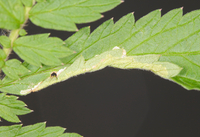
| Recorded by: Jim Petranka on 2023-09-20
Madison Co.
Comment: |
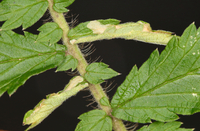
| Recorded by: Jim Petranka on 2023-09-20
Madison Co.
Comment: Occupied mines were in Agrimonia parviflora. | 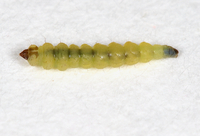
| Recorded by: Jim Petranka on 2023-09-20
Madison Co.
Comment: |

| Recorded by: Tracy Feldman on 2023-09-19
Wake Co.
Comment: Mines were on Agrimonia rostellata. | 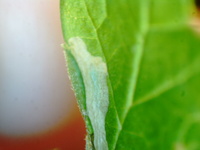
| Recorded by: Tracy Feldman on 2023-09-19
Wake Co.
Comment: |
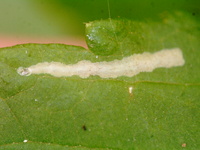
| Recorded by: Tracy Feldman on 2023-09-19
Wake Co.
Comment: | 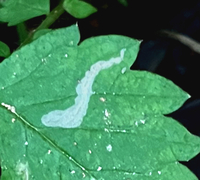
| Recorded by: Ken Kneidel on 2023-08-10
Mecklenburg Co.
Comment: |

| Recorded by: Ken Kneidel on 2023-08-10
Mecklenburg Co.
Comment: | 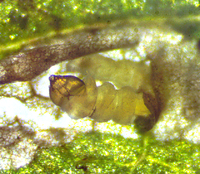
| Recorded by: Ken Kneidel on 2023-08-10
Mecklenburg Co.
Comment: |
|

 »
»












